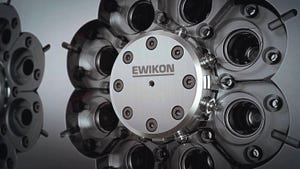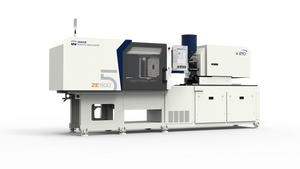Scuff plates, headliners, seat cushions, and other interior vehicle parts will apply plant-derived plastics in a new Toyota hybrid vehicle planned for 2009. Toyota Motor Corp. (Tokyo) announced that resins it has developed under the moniker Ecological Plastics will account for 60% of the interior components in vehicles in which it's featured. Toyota separates the materials into two categories—those produced completely from plant-derived materials and hybrid compounds containing a combination of plant- and petroleum-derived materials.
January 12, 2009
Toyota says compounding technologies, including ones that promote molecular-level bonding and homogeneous mixing of plant-derived and petroleum-derived raw materials, result in materials that satisfy heat- and shock-resistance demands of vehicle interiors. Toyota originally applied Ecological Plastic in 2003 for the Raum vehicle marketed in Japan, which used polylactic acid (PLA) and other all-plant-based materials. Over a product’s entire cradle-to-grave lifecycle, Toyota says the materials are a net zero emitter of carbon dioxide.
Specifically, for the cuff plates, cowl side trim, floor finish plate, and toolbox, Toyota says it will use a compound of PLA and polyproplyene (PP). In the headliner, sun visors, and pillar covers, plant-derived polyester and petroleum-based polyethylene terephthalate (PET) will be used. In the trunk liner, PLA and PET will be applied, while door trim will be 100% plant-derived, using kenaf fiber and PLA. The seat cushion will use polyurethane foam featuring castor oil-derived polyol.—[email protected]
About the Author(s)
You May Also Like


